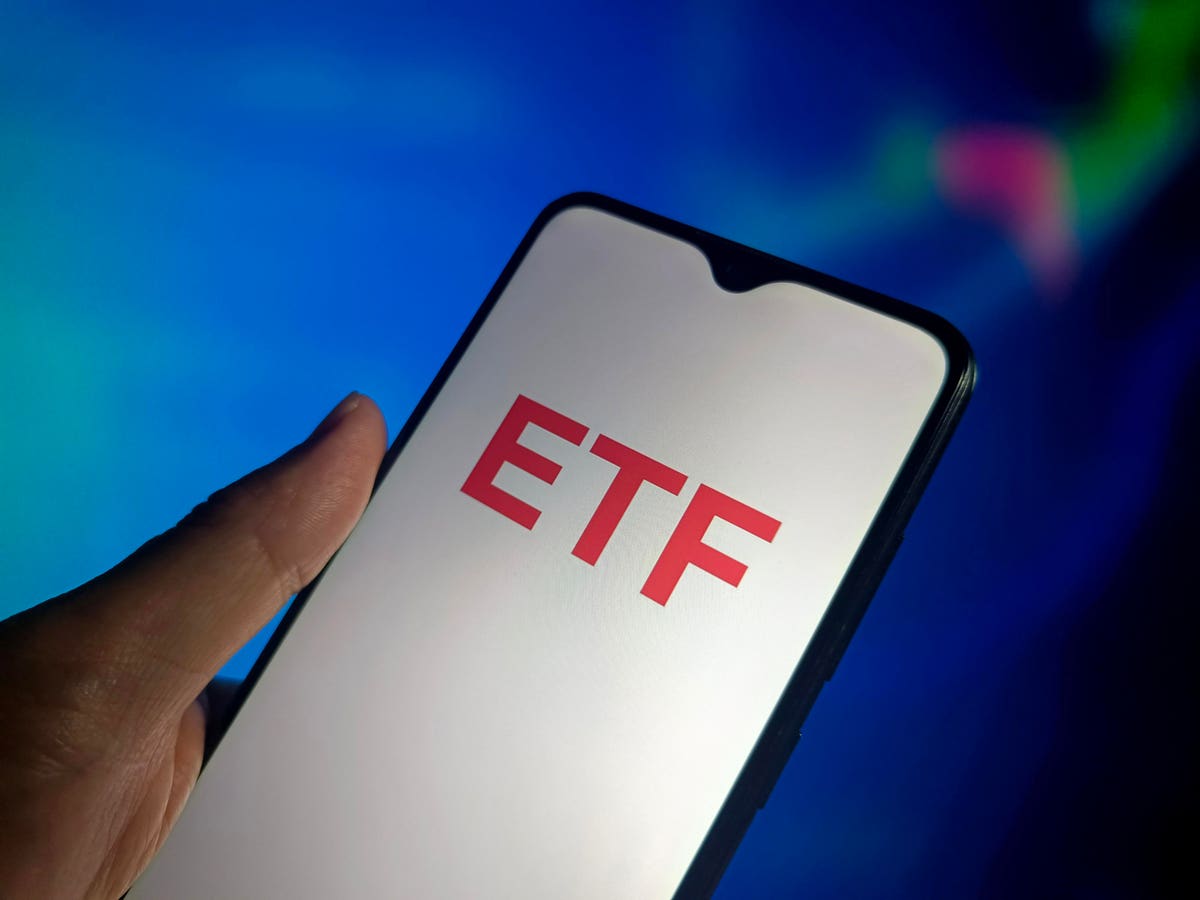Introduction
The investment landscape has undergone a dramatic transformation over the past few decades, fundamentally reshaping how millions of individuals engage with the financial markets. Central to this change has been the rise of index and exchange-traded funds (ETFs), which now stand on the brink of yet another evolution: tokenization. By analyzing historical developments and future potential, this exploration delves into what tokenization could mean for the future of financial assets.
The Evolution of ETFs
ETFs originated from the broader trend of index investing in the 1970s, championed by thinkers like Burton Malkiel. With low-cost, diversified portfolios, they eventually paved the way for the Vanguard 500 Index Fund, which transformed investing. Following the 1987 market crash, ETFs made their formal debut in 1993, steadily gaining traction among retail and institutional investors and now representing up to 30% of U.S. daily trading volume.
Understanding Tokenization and Distinguishing It from Crypto ETFs
Tokenization refers to the process of converting traditional financial assets into digital representations on a blockchain. This differs significantly from crypto ETFs, such as Bitcoin ETFs, which directly invest in the underlying cryptocurrency. Tokenized ETFs promise enhanced efficiency across transactions and lower operational costs through decentralized systems that bypass traditional intermediaries.
Potential Advantages of Tokenizing ETFs
The tokenization of ETFs presents several advantages, including improved liquidity, heightened accessibility for various asset classes, and streamlined trading processes. However, these benefits come with challenges concerning investor protection and regulatory oversight, necessitating careful navigation from financial institutions and regulatory bodies.
The Path Forward in Tokenized ETFs
Financial institutions are exploring a phased approach to the tokenization of assets, using ETFs as a foundational bridge between traditional and digital finance. This “ETF-first” strategy leverages the regulatory familiarity and operational flexibility inherent to ETFs while allowing for an incremental adaptation to emerging technologies.
Technical and Operational Challenges Ahead
For successful integration of tokenized ETFs, the industry must tackle several substantial obstacles, including creating robust ownership tracking systems that fuse traditional structures with blockchain technology. Security measures against new vulnerabilities, interoperability of systems, and adhering to regulatory compliance across jurisdictions are crucial considerations needing innovative solutions.
Market Implications and Future Outlook
As the financial ecosystem evolves with tokenized products, it is vital to monitor their impact on market liquidity, price discovery, and operational protocols. The anticipated success of tokenization hinges on comprehensive frameworks that ensure regulatory clarity, technological advancement, and market acceptance, thereby paving the way for broader asset tokenization expeditions in the future.
Key Takeaways
- Tokenization could revolutionize ETFs and broaden financial access.
- Unlike crypto ETFs, tokenized ETFs emphasize underlying technology rather than assets.
- The transition to tokenized assets will be gradual and requires significant technical innovation.
- Robust regulatory frameworks are essential for ensuring market stability and investor protection.

